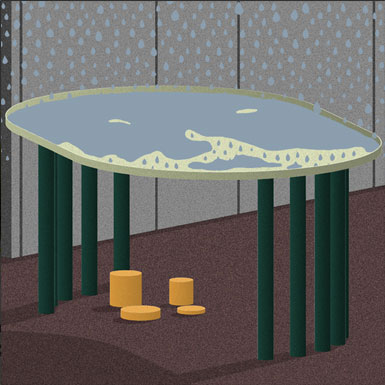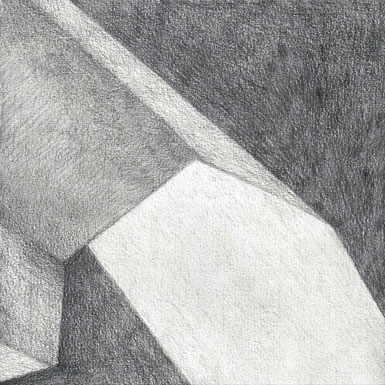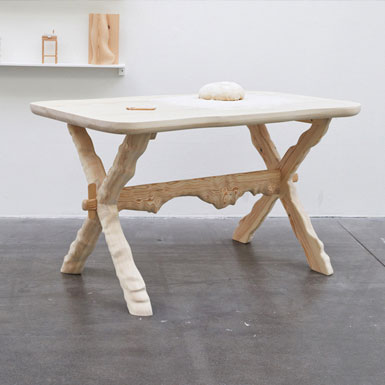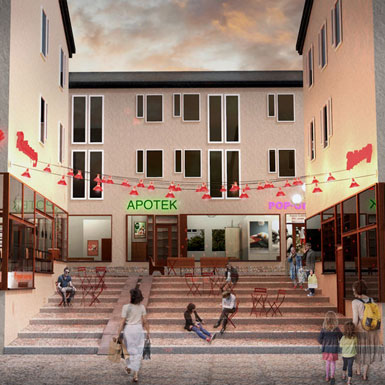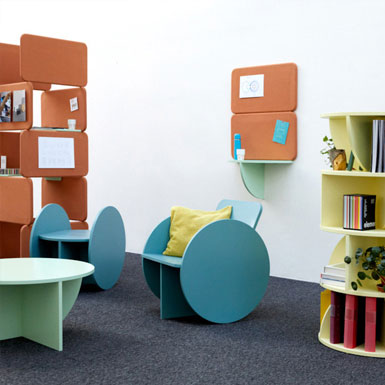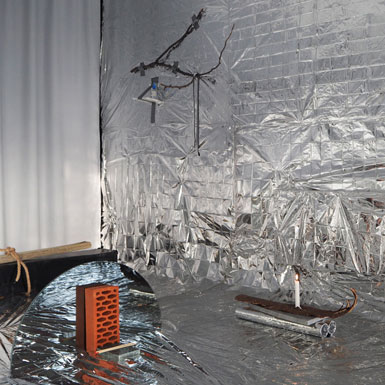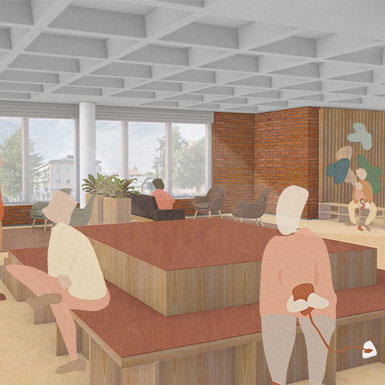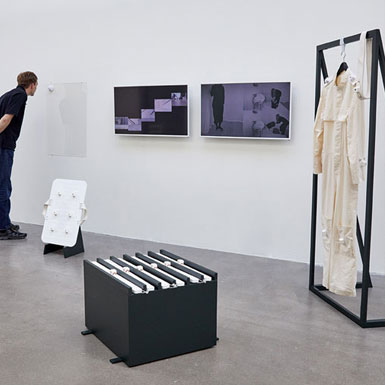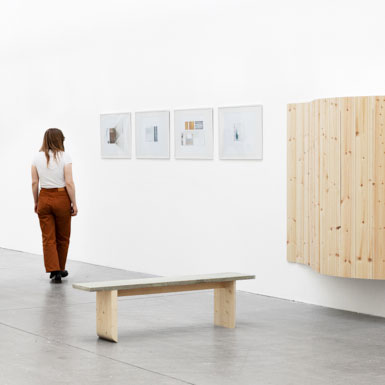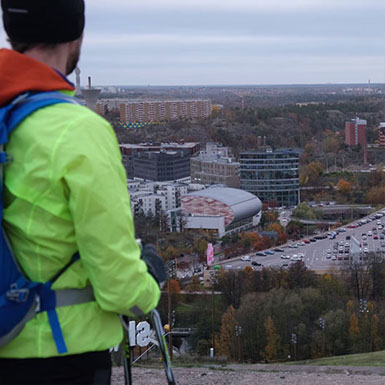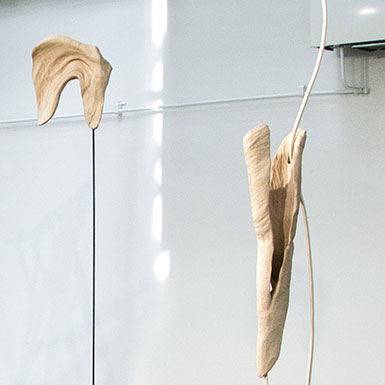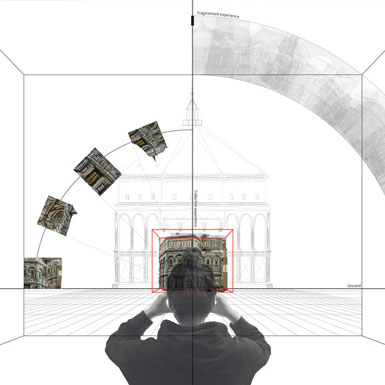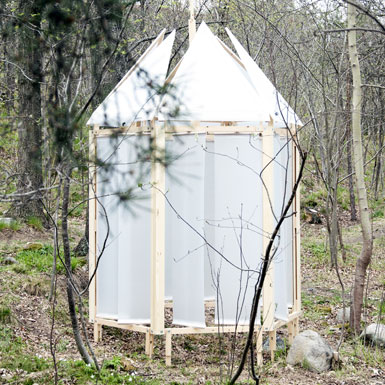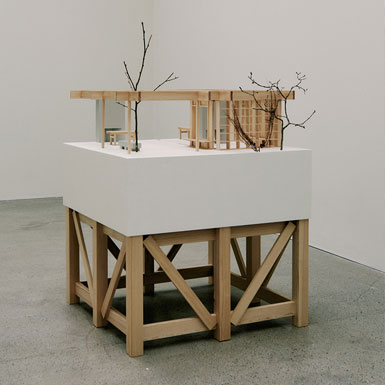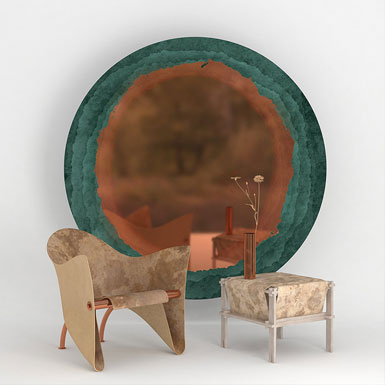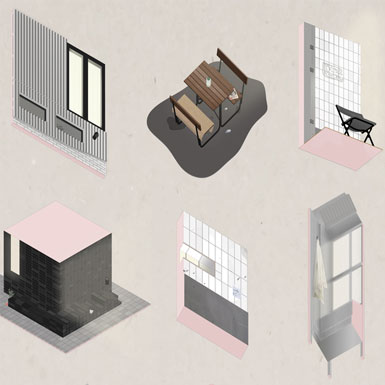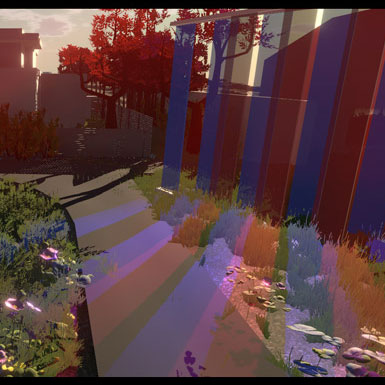Master/Spatial Design
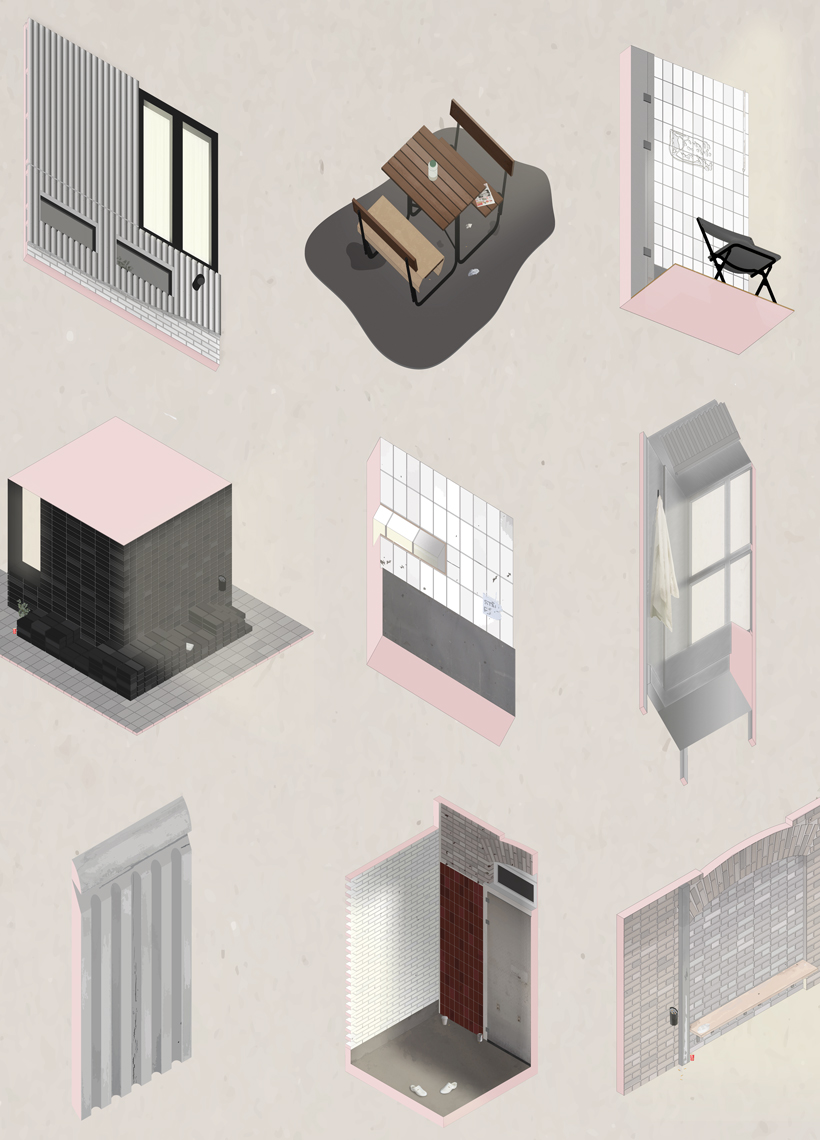
Overview of fragmented meetings from Slakthusområdet
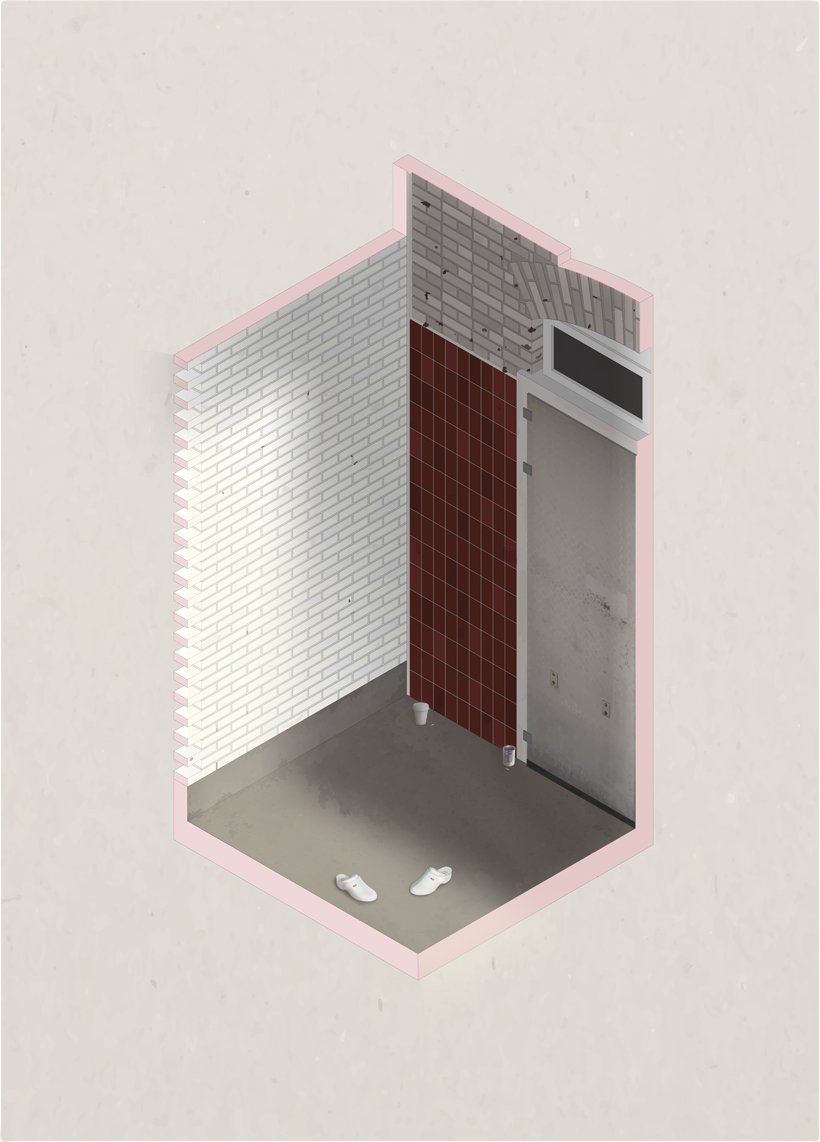
“Materials are recurring all over the area but with new interesting meetings wherever you look. Bricks combined with tiles, metal, concrete and plaster. The meetings shows that the site has adapted to new circumstances over time. Tiles that stretches down to the asphalt and a blocked up opening where the bricks are displaced and in another color compared to the ones next to it. Slakthusområdet is like an artifact from a past era where the patina lies as a soft blanket over the site and reveals all the stories.”
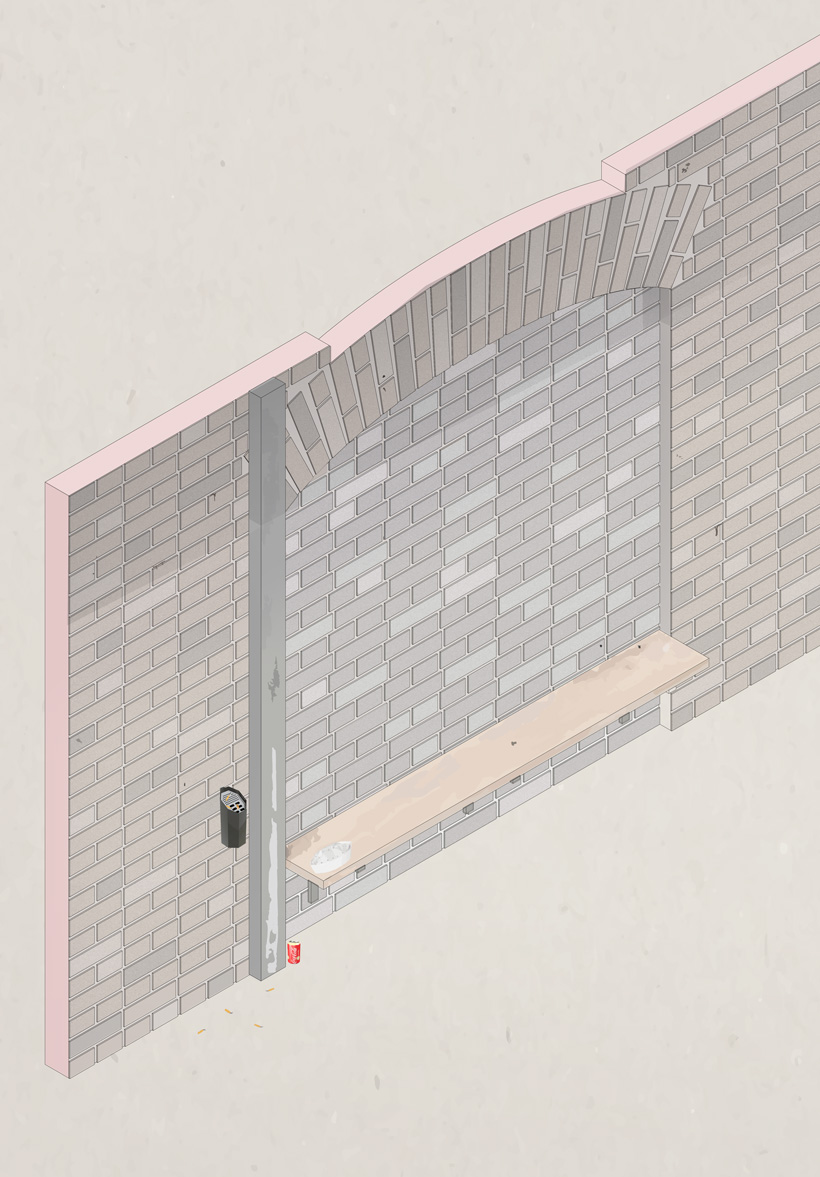
“Two men are sitting on a bench by the smoking area outside one of the factories in Slakthusområdet. Both dressed in white working clothes. I ask some questions about how they imagine the future of the area. One of them replies that nobody really knows what the future looks like for this neighborhood, but he is telling me that their business has to move from the area to another part of the city. All industries or businesses dealing with food must move out of the area and give way to schools, housing and new businesses. Most people I talk to during that day like the area,”There is a lot of history here and it is well located in the city” several replies.”
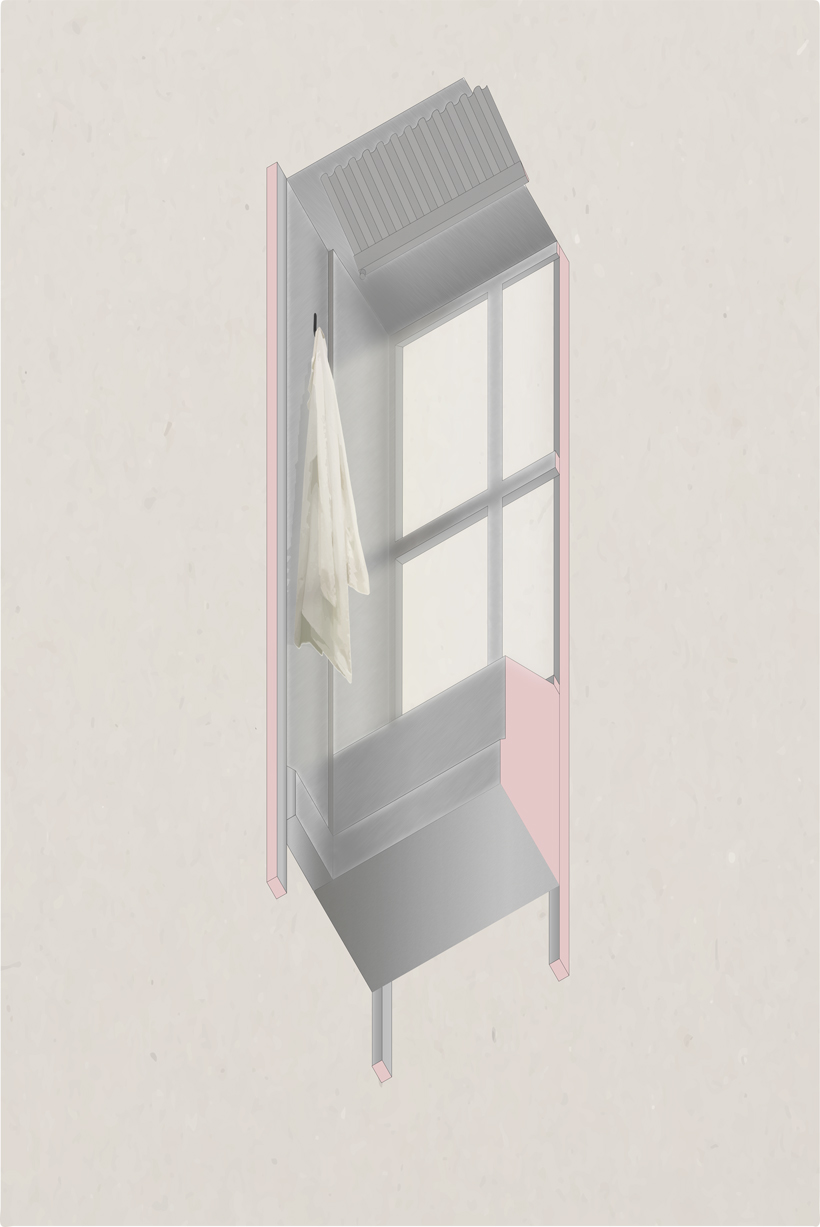
We step into the old fish factory which has just become the new site office for a real estate company in the area. The smell of fish remains in the premises.
The walls are covered with a metal-like material and in the ceiling hangs fluorescent lights. In one of the room hangs a white working coat placed on a black hook. We are told that this building, which is one of the orginial buildings from 1912, is going to be saved and turned into a part of the new area.
This property developer preferably wants the area to ”grow over time, so that we get environments that feel alive”. What spaces do we value in our city? Why is this building more valuable then one from the 1960’s? What happens to a city where you remove old parts and replace it with modern constructions that is suppose to mimic the older ones?
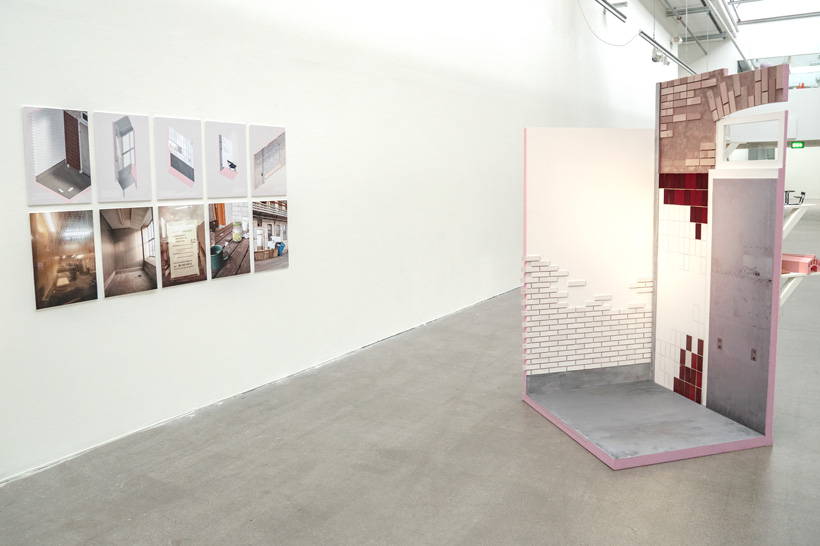
Exhibition
-Slakthusområdet, Stockholm
Slakthusområdet, which translates into Stockholm’s Meatpacking District, is one of the few remaining industrial areas in Stockholm and it is going through some major changes within the next ten years as a part of the new Söderstaden 2030. Both a lot of history and a certain kind of industrial architecture will get lost when reprogramming and reconstructing the area.
In my degree project, I am studying parts of the built environment of Slakthusområdet. Through the use of different mapping techniques, I am dissecting and fragmenting the site and revealing its many layers of time and stories with the intention of capturing, preserving and learning from what I believe is the substance of the area. I also want to comment on the urban planning of Stockholm today and discuss why I believe places like Slakthusområdet is valuable to a city like Stockholm.
-Slakthusområdet, Stockholm
Slakthusområdet är ett av få kvarvarande industriområden i Stockholm idag, men det genomgår stora förändringar under de kommande tio åren som en del av det nya ”Söderstaden 2030”. Mycket av både historia och en viss typ av industriell arkitektur kommer att gå förlorad vid en omprogrammering och rekonstruktion av området.
I mitt examensarbete studerar jag delar av det byggda, befintliga landskapet i Slakthusområdet. Genom att använda olika kartläggningstekniker fragmenterar och undersöker jag dess många lager av tid och berättelser med avsikt att fånga, bevara och lära av vad jag tror är substansen i området. Med arbetet vill jag också kommentera på Stockholms stadsplanering och skapa en diskussion om varför jag anser att platser som Slakthusområdet är värdefulla för en stad som Stockholm.
Spatial Design
















